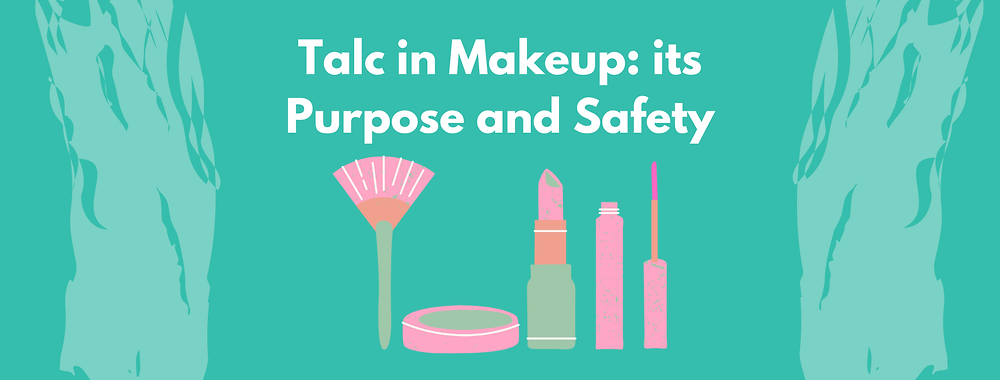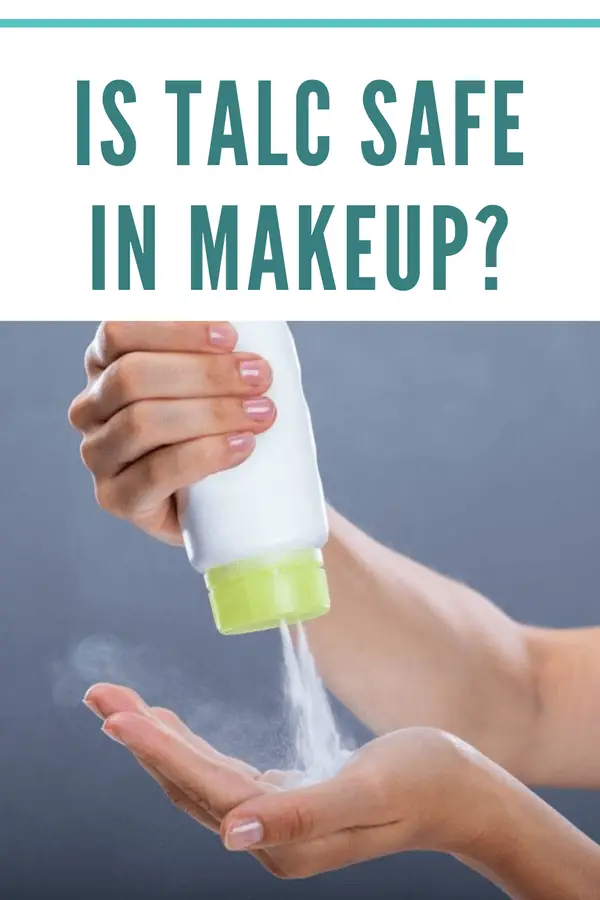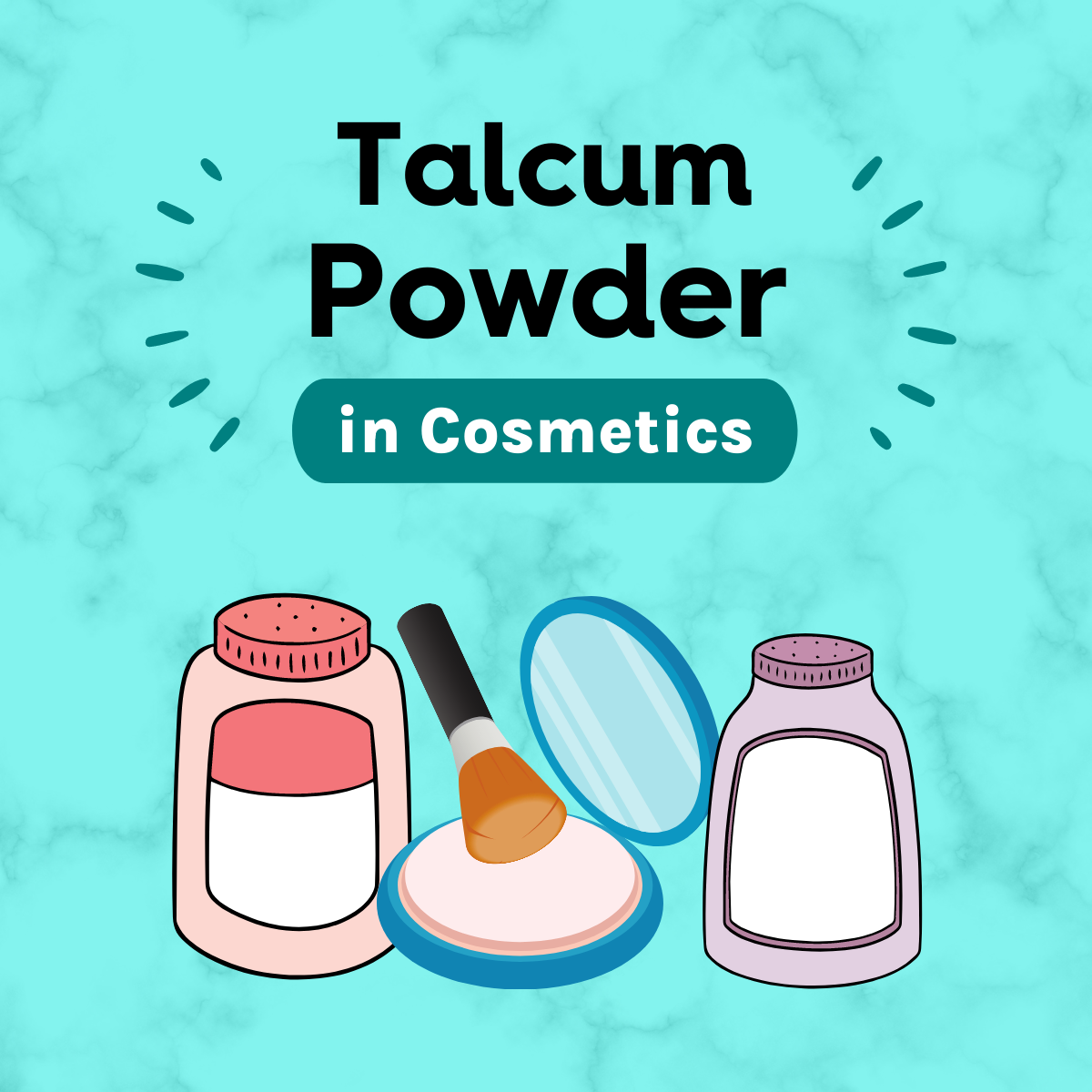Understanding Talc In Makeup: Safety, Benefits, And Considerations
Understanding Talc in Makeup: Safety, Benefits, and Considerations
Related Articles: Understanding Talc in Makeup: Safety, Benefits, and Considerations
Introduction
With enthusiasm, let’s navigate through the intriguing topic related to Understanding Talc in Makeup: Safety, Benefits, and Considerations. Let’s weave interesting information and offer fresh perspectives to the readers.
Table of Content
Understanding Talc in Makeup: Safety, Benefits, and Considerations

Talc, a naturally occurring mineral, has been a staple ingredient in cosmetics for centuries. Its fine, smooth texture and ability to absorb moisture make it a valuable component in powders, eyeshadows, and other makeup products. However, concerns about talc’s safety, particularly in relation to potential contamination with asbestos, have led to widespread scrutiny and questions about its use in cosmetics. This article delves into the complexities surrounding talc in makeup, exploring its benefits, potential risks, and the current state of knowledge regarding its safety.
Talc: A Versatile Mineral
Talc, chemically known as magnesium silicate hydroxide, is a soft, white, and powdery mineral found in various parts of the world. Its unique properties make it a desirable ingredient in numerous industries, including cosmetics, pharmaceuticals, and paper production. In cosmetics, talc serves several key functions:
- Absorption: Talc’s absorbent nature helps control oil production, reducing shine and creating a matte finish.
- Texture: It imparts a smooth, silky texture to makeup products, enhancing their application and feel.
- Pigment Dispersion: Talc acts as a carrier for pigments, ensuring even distribution and color payoff.
- Opacity: Talc can provide coverage and opacity, especially in products like face powders and foundations.
The Asbestos Controversy: A Complex Issue
Talc’s safety has been the subject of ongoing debate, primarily due to its potential contamination with asbestos. Asbestos, a fibrous mineral, is known to cause serious health problems, including lung cancer, mesothelioma, and asbestosis, when inhaled. While talc itself is not carcinogenic, the presence of asbestos in talc poses a significant health risk.
The controversy stems from the fact that talc deposits often occur near asbestos deposits. During mining and processing, talc can become contaminated with asbestos fibers. This contamination can occur at various stages, from the initial mining to the final processing and packaging.
Regulatory Measures and Industry Standards
Recognizing the potential risks associated with asbestos contamination, regulatory bodies worldwide have implemented stringent measures to ensure the safety of talc-containing products. These measures include:
- Testing and Certification: Manufacturers are required to test their talc raw materials for asbestos contamination. Products that exceed permissible limits are rejected.
- Labeling Requirements: Some countries mandate clear labeling of talc-containing products, indicating the presence or absence of asbestos.
- Industry Standards: Organizations like the Cosmetic, Toiletry, and Fragrance Association (CTFA) have established industry standards for talc purity, requiring manufacturers to adhere to strict guidelines for asbestos testing and control.
Current Scientific Understanding and Research
The scientific community continues to investigate the relationship between talc use and health risks. Research has focused on:
- Exposure Levels: Studies aim to quantify the levels of asbestos exposure from talc-containing products.
- Health Outcomes: Researchers are investigating the potential link between talc use and specific health conditions, particularly ovarian cancer.
- Alternative Ingredients: Scientists are exploring alternative ingredients that can provide similar benefits to talc without the risk of asbestos contamination.
Navigating the Information Landscape
The information surrounding talc safety can be confusing and contradictory. It is crucial to rely on credible sources and avoid misinformation spread through social media or unreliable websites.
- Scientific Journals: Publications like the Journal of the American Medical Association (JAMA) and the Lancet provide peer-reviewed research on talc and asbestos.
- Government Agencies: Agencies like the Food and Drug Administration (FDA) in the United States and the European Medicines Agency (EMA) in Europe provide regulatory information and safety guidelines.
- Consumer Organizations: Organizations like the Environmental Working Group (EWG) and the Campaign for Safe Cosmetics offer independent assessments of cosmetic ingredients and products.
FAQs: Addressing Common Questions About Talc in Makeup
1. Is talc in makeup safe?
The safety of talc in makeup depends on the level of asbestos contamination. Talc itself is not carcinogenic, but the presence of asbestos fibers poses a serious health risk. Regulatory measures and industry standards aim to ensure that talc-containing products are free from asbestos.
2. How can I tell if a product contains asbestos?
It is difficult for consumers to independently test for asbestos. Rely on reputable brands that have implemented rigorous testing and certification procedures. Look for products that have been tested and certified asbestos-free by independent laboratories.
3. Are there any alternative ingredients to talc?
Yes, several alternative ingredients can provide similar benefits to talc in makeup, including:
- Cornstarch: Absorbent and provides a matte finish.
- Rice Powder: Provides a smooth texture and absorbs oil.
- Silica: Offers a silky feel and controls shine.
- Kaolin Clay: Absorbs oil and imparts a matte finish.
4. What are the health risks associated with asbestos exposure?
Asbestos exposure can lead to serious health problems, including:
- Lung Cancer: Asbestos fibers can irritate the lungs and increase the risk of lung cancer.
- Mesothelioma: A rare and aggressive cancer of the lining of the lungs, chest, or abdomen, primarily linked to asbestos exposure.
- Asbestosis: A chronic lung disease caused by asbestos fibers, leading to scarring and difficulty breathing.
5. What should I do if I am concerned about talc in makeup?
If you have concerns about talc in makeup, consider the following:
- Choose reputable brands: Opt for brands that have a proven track record of safety and quality control.
- Look for asbestos-free labels: Check product labels for statements indicating that the product is asbestos-free.
- Consider alternative ingredients: Explore makeup products that use alternative ingredients, such as cornstarch, rice powder, or silica.
Tips for Choosing Safe Makeup Products
- Read labels carefully: Look for ingredients lists and certifications indicating asbestos-free talc.
- Research brands: Choose brands that prioritize safety and have transparent sourcing practices.
- Check for independent certifications: Look for products that have been tested and certified by reputable organizations.
- Be cautious of misleading claims: Avoid products that make unsubstantiated claims about safety or purity.
- Consider alternatives: Explore products that use alternative ingredients that are known to be safe.
Conclusion
The use of talc in makeup remains a complex issue. While talc itself is not inherently harmful, the potential for asbestos contamination necessitates careful consideration and informed decision-making. Regulatory measures and industry standards have improved the safety of talc-containing products, but consumers should remain vigilant and choose products from reputable brands that prioritize safety and transparency. By understanding the benefits, risks, and available alternatives, individuals can make informed choices about the makeup products they use.






:max_bytes(150000):strip_icc()/is-talc-in-makeup-bad_round5-8344135b4d8740e299b25a000be48ebd.png)
Closure
Thus, we hope this article has provided valuable insights into Understanding Talc in Makeup: Safety, Benefits, and Considerations. We appreciate your attention to our article. See you in our next article!
You may also like
Recent Posts
- The Art Of Persuasion: A Comprehensive Guide To Makeup Product Label Design
- A Comprehensive Look At Mary Kay Cosmetics: Reviews, Insights, And Considerations
- Affordable Skin Care: A Guide To Effective Products Under INR 100
- Navigating The World Of Mary Kay Discounted Products: A Comprehensive Guide
- The Power Of High-Resolution Images: A Guide To Acquiring The Best Visuals For Your Projects
- The Power Of Reviews: Navigating The World Of Makeup Products
- Swiss Beauty Makeup: A Comprehensive Guide To Quality And Affordability
- Embracing Natural Beauty: Makeup Tips And Techniques For Women Over 50
Leave a Reply